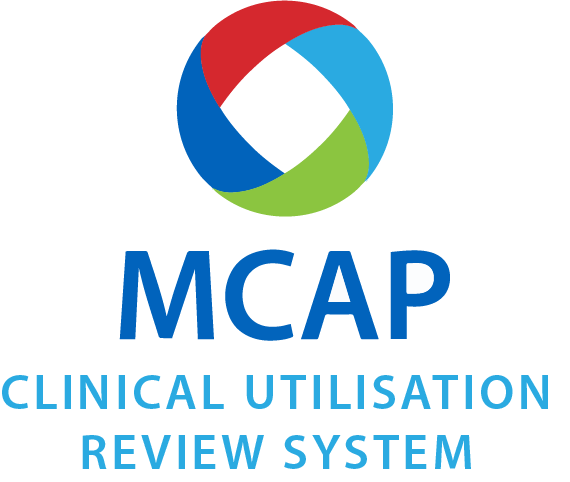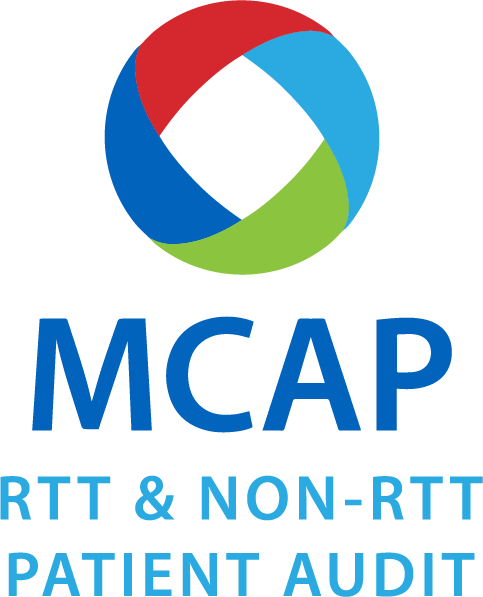MCAP has been used in over 175 UK hospitals
MCAP Snapshot Discharge Audit
Identify patients who are non-qualified to reside in a hospital bed and help to define the most appropriate level of care
Why MCAP Snapshot Discharge Audit?
Assess demand and capacity
An analysis of the demand and capacity in the secondary care system based on the current acuity mix of the patients.
Identify prospective deferrals
The number of admissions that can be deferred to avoid the admission cap, winter overload or current high demand.
Identify opportunities to shorten patient length of stay
The amount of potentially avoidable continuing days of care to shorten length of stay.
Identify ‘bottlenecks’ in system
Both internal and external blockages preventing reduction in admissions or length of stay.
Identify levels of care to maximise utilisation
Levels of care that are needed to both defer admissions and shorten length of stay.
Delivering significant efficiencies in patient flow and care by identifying patients currently residing in hospitals that are clinically suitable for discharge or non-admission.

Identify patients non-qualified to reside
The MCAP Snapshot Discharge Audit identifies patients who are non-qualified to reside in a hospital bed and defines the most appropriate level of care for the patient outside of hospital, given their clinical need. The outcomes from the audit enable operational teams to make informed decisions about how best to focus limited resources to generate the greatest impact on safely flowing patients and freeing beds. The audits can be offered as a one-off snapshot review, or alternatively as an ongoing managed service, delivering regular, updated data.

Identify patients fit for discharge
Crucially, the Snapshot Discharge Audit can also be used to approximate the number of beds or types of services needed at acute or any other level of care, including community-based care. Typically, MCAP identifies twice the number of patients that can move to alternative pathways than previous Medically Fit For Discharge processes and 50% of continuing care days that could be avoided or alternatively provided.

Identify reasons for continued stay
MCAP’S team of trained nurses will conduct an analysis of 100 acute beds (requiring minimal trust resources), utilising the physician plan of care, nursing and progress notes to answer; “Is the patient at the appropriate service intensity level of care – are they Qualified or Non-Qualified for their current level of care?”. If the patient is Non-Qualified for their current level of care, what is the most appropriate service intensity level of care, and what is the principal reason for the continued stay?
An average of 25% of admissions and 50% of continuing care days identified that could be avoided or alternatively provided, with typical savings of at least 60% on those care days.
32% of patients (657) identified as non-qualified for their current level of care




